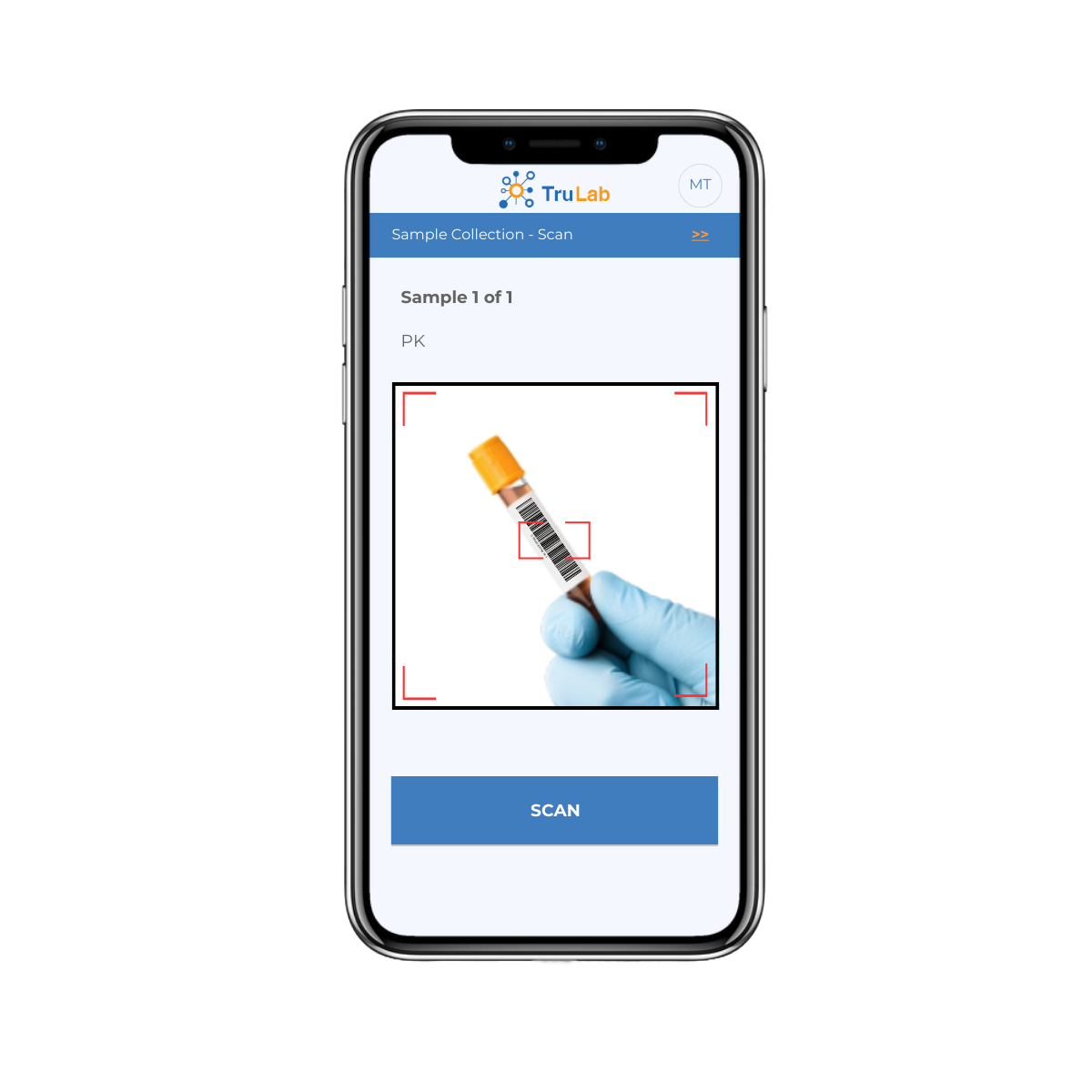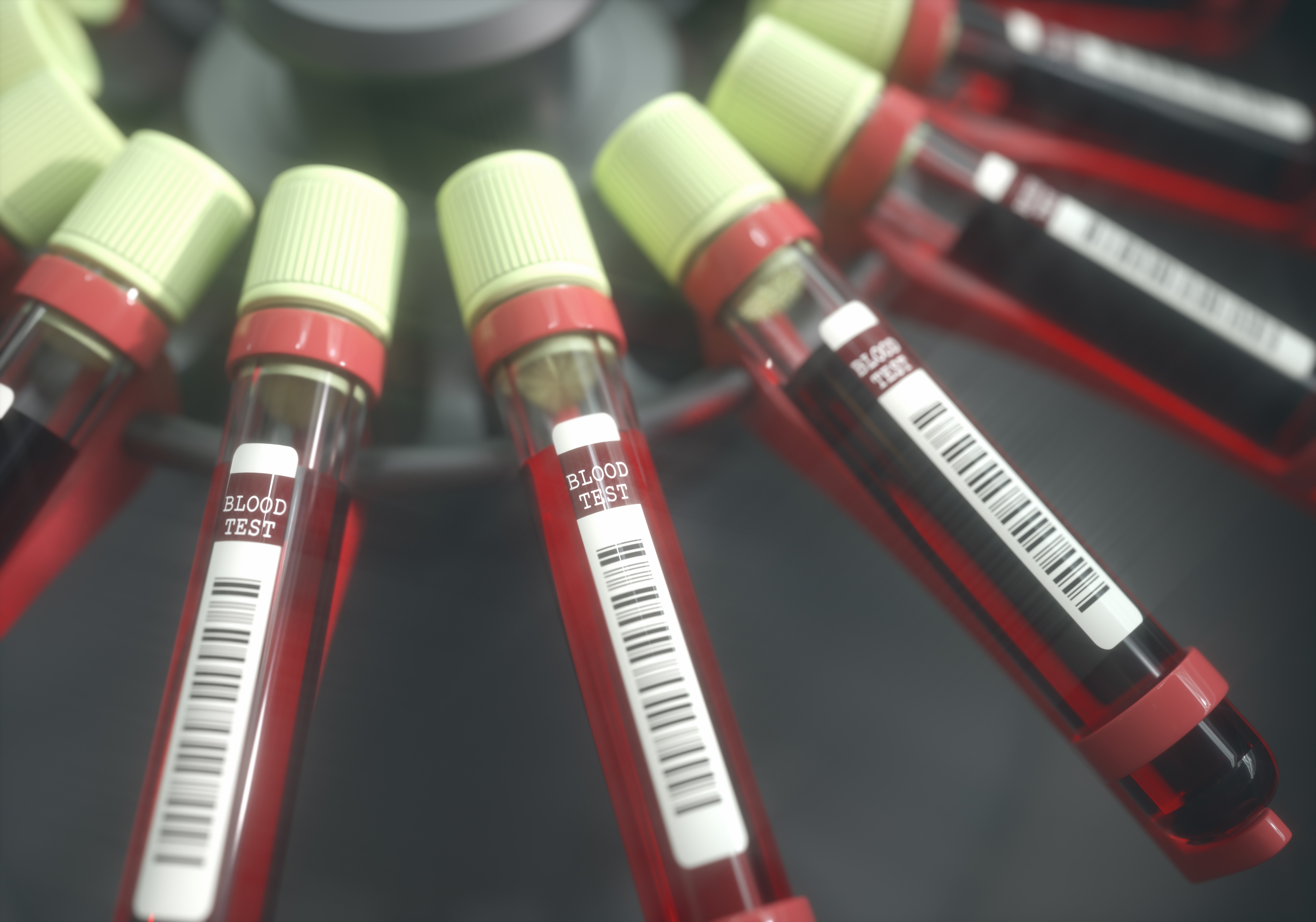TruTechnologies helped reduce screen failure rates from 75% to 54%.

Based on enrollment data from previous, similarly designed studies, the sponsor's expected screen failure rate was set at 75%. The reasoning behind this exceptionally high anticipated screen-fail rate was multifaceted: Not only did the study have incredibly specific inclusion criteria, but determining eligibility also required time-sensitive PBMC samples to be shipped, isolated, and tested off-site, adding another layer of risk.
With the assistance of TruTechnologies' sample management platform, TruLab, however, the actual screen failure rate dropped to 54% – a testament to the power of meticulous study oversight.



The study coordinator explained that the samples were unfortunately centrifuged on-site due to an oversight by site staff. However, TruTechnologies’ timely intervention and escalation to the sponsor meant that the participant was able to be rescheduled by the site and brought back in for rescreening just a few days later.
Without this intervention, it could have been weeks before the patient – who did ultimately enroll in the study – was asked to provide another sample, causing them to either fail the screening process at that time or change their mind entirely about participating in the study.

%201%20(1).png)
In another instance, a site coordinator in North Carolina reached out to TruTechnologies with a question about logging samples, which revealed her intention to centrifuge and aliquot the PBMCs prior to shipping. TruLab’s team quickly informed the coordinator that that step wasn’t necessary and instructed the site to ship the samples at ambient temperature in their original collection tubes.
This swift action ensured that this particular patient also wasn’t excluded due to another simple mistake related to the samples.
A 21% improvement between expected and actual screen failure rate was a major win for the sponsor and shows just how critical it is for sites to stick to the study protocol.
Because of TruTechnologies’ platform and monitoring team:
• Multiple protocol deviations were detected and escalated to the sponsor as they happened, allowing for same-day course correction.
• The overall quality of sample handling and protocol compliance improved across the multi-site study.
• The sponsor was able to complete patient enrollment significantly faster than originally anticipated.
